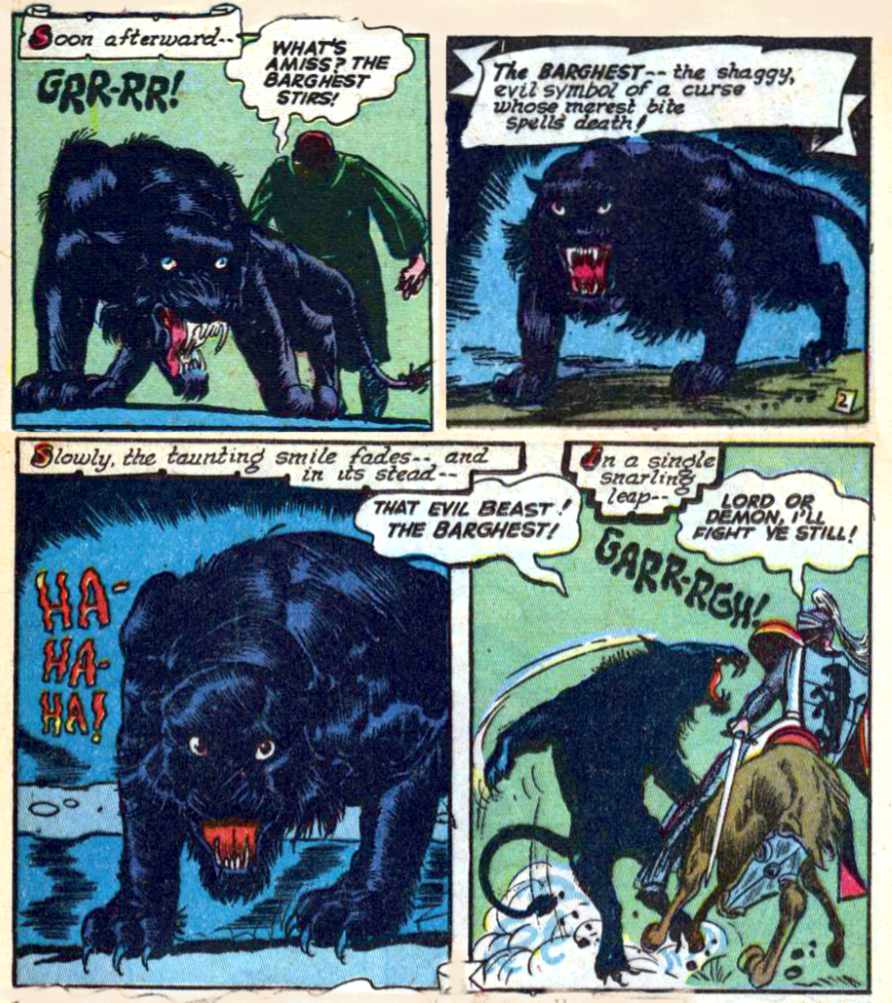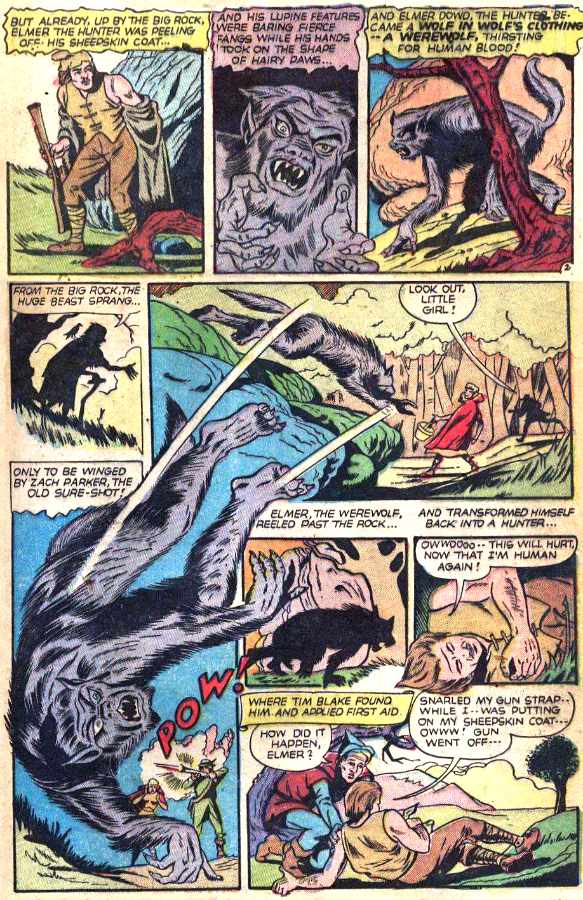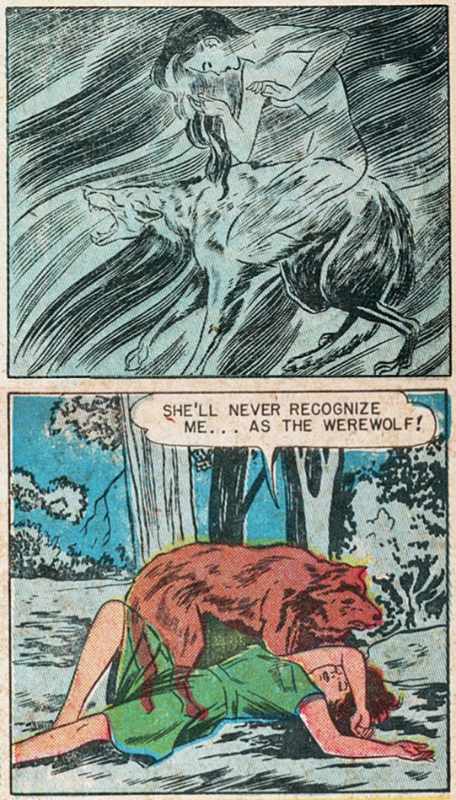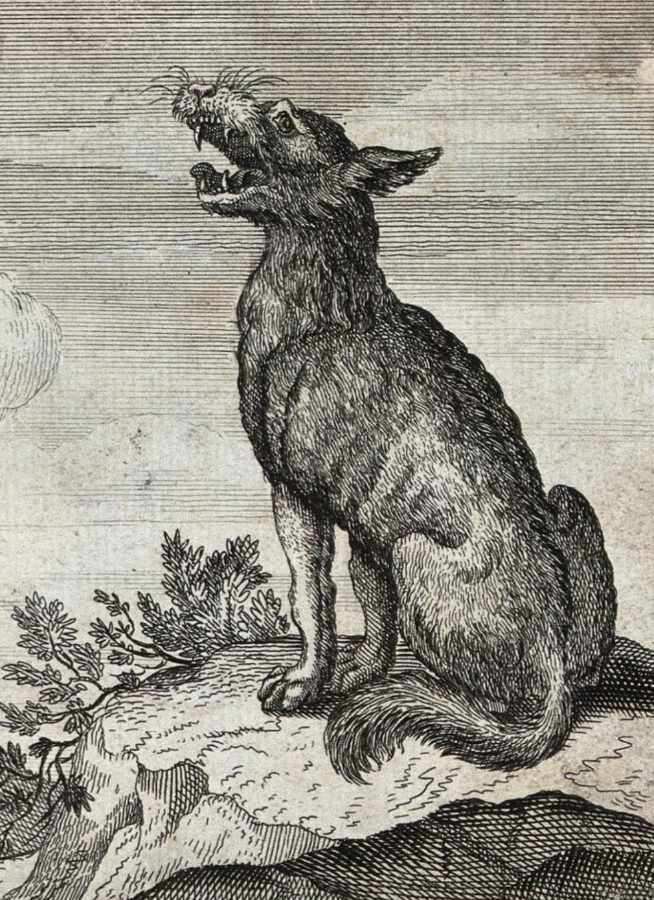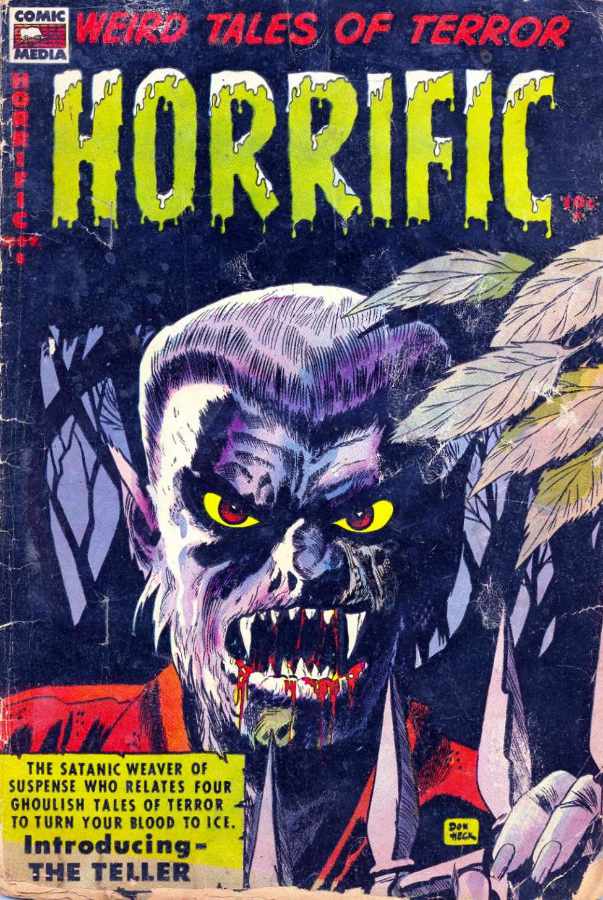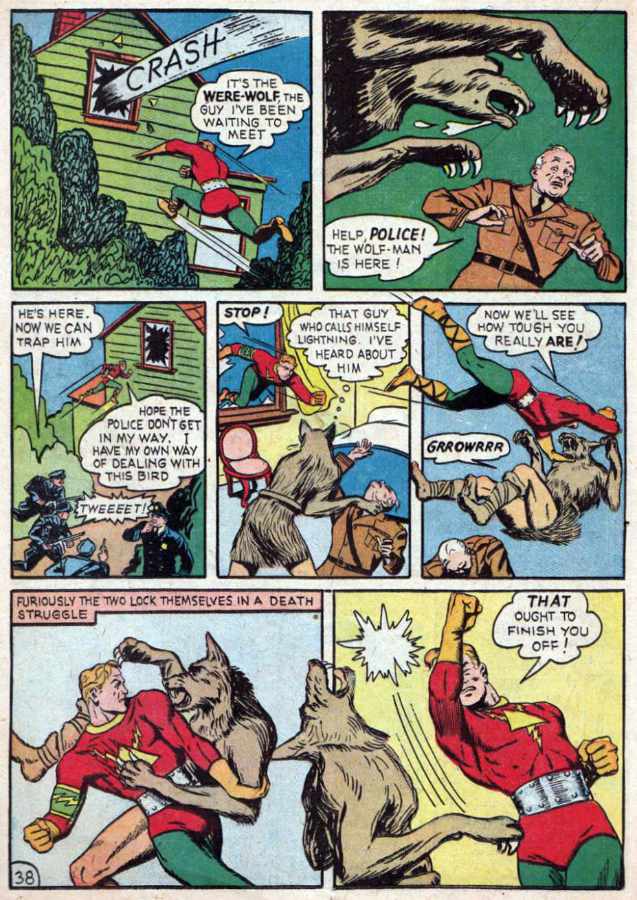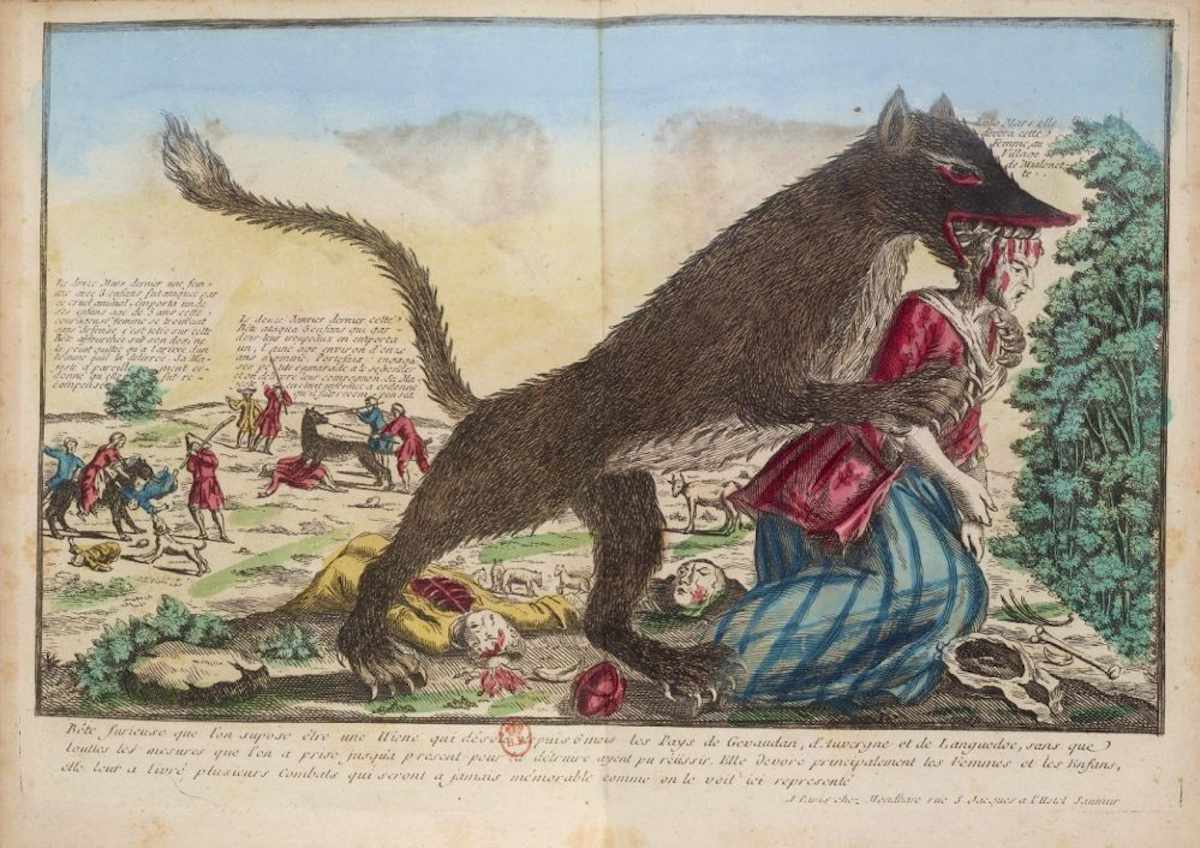| Typology Werewolf |
| Total Entries 13 |
| Representative Ondok |
|
A “Sub-Trope” of “Our Werebeasts Are Different”, dealing with variations of lycanthropy (i.e. werewolves). As with vampires (“Our Vampires Are Different”), the exact parameters of lycanthropy vary, but to meet the definition, a werewolf must be a person who takes the form of a wolf under certain conditions (the exact details do vary — see the “Werewolf Analysis Page” for a listing of common characteristics and customization options). Far and away the most popular concept is that a werewolf is a human who has somehow become able to temporarily transform (usually unwillingly) (“Involuntary Shapeshifting”) into a wolf that goes on to run wild (rarely remembering their romp) (“Alternate Identity Amnesia”). Usual methods include a “Viral Transformation” spread by being bitten, but a lot of depictions show lycanthropy as solely hereditary. Other popular causes include curses and typical “Mad Scientist” experiments. Like most werewolves, the classic wolf-man only transforms on the full moon, or, failing that, at night, though none of this is a given in modern works. Although stories describing werewolves and similar beings go back to antiquity, medieval werewolf legends do not closely resemble the modern concept of the werewolf very much at all, and tended to fall into three categories: monstrous man-eating wolves that did not transform and had never been human, people permanently cursed into the shapes of wolves, and witches who gave themselves illusory wolf-like shapes and went out to murder people without any mental change. “The Werewolf Of Paris” is usually named as the werewolf counterpart to “Dracula”, but cinema seems to have been more definitive in terms of shaping the monster’s modern form. Lawrence Talbot, as played by Lon Chaney Jr., from the 1941 film The Wolf Man is regarded as providing the template that others have followed and originated many of the modern werewolf tropes, similarly to how The Golem of Prague codified modern golems or Dracula did so for vampires… “Super-Trope” to “Werewolves Are Dogs” for one way that werewolves can behave, and to “Little Red Howling Wolf” for stories that combine “Red Riding Hood” and the “Big Bad Wolf” into a single character. See also “Werebeast Tropes” and “Wolf Tropes” for related tropes; “Shapeshifting” for other tropes related to changing form; “Youkai” for Japanese supernatural creatures that are sometimes depicted as having features similar to werebeasts; and sister trope “Wolf Man”, on sci-fi/fantasy characters that bear resemblance to wolves… ~ Our Werewolves Are Different – TV Tropes
|


